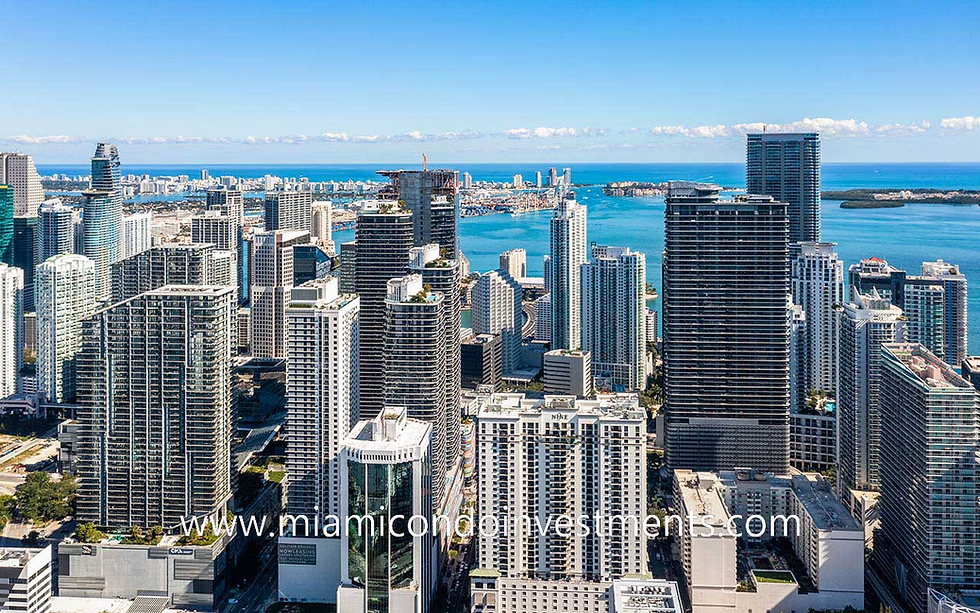The Good, the Bad and the Ugly
- Thomas Pace
- Feb 13, 2024
- 3 min read
Miami, Considered by many as the country’s most dynamic, fastest growing and sexiest city, is more popular than ever before. Having lived there for the last 8 years I can say that it is all Lambos and lip fillers on its surface, but undoubtedly persists as a people centric city allowing stories to become, and experiences to shape its urbanity. Having lived in Brickell (financial district), a neighborhood known for its high-rise architecture and nightlife. I am no stranger to 3am interactions with party high tourists or the rumble of an engine that's sure to wake sleepers. But despite these trivial inconveniences Brickell remains a prideful place in which many including myself participate in community engaging activities. Through the lens of an analytic urbanist I will critique and/or praise Miami for its doings based on personal accounts and historical evidence.
Going to school at the public design and architecture senior high in the design district I was allowed the opportunity to study architecture and art all while surrounded by an experimental labyrinth of commercial architecture. The Design District was once a pineapple farm part of a neighborhood called Buena vista until it was ubiquitously developed in the 2000’s. What stands today as an eclectic walkable neighborhood with luxury shops, restaurants, and tacky art galleries(typical to Miami). Although it flourishes both economically and socially. It does not do enough to support its surrounding poorer neighborhoods in what is today's Buena vista and midtown. Its midtown connection is not pleasant, having to cross through parking garages that creates a boundary to the neighborhood that is clearly defined. This perimeter line and many others in Miami were a result of the construction of I-95 which divided neighborhoods into racial or class territories. Overtown, a neighborhood which was nearly 100% black was impacted most by this highway with a federal decision to drive the I-95 through its center forcibly relocating the majority of its population. After the highway decimated the neighborhood, the population dropped from roughly 50,000 to around 10,000. As N.D.B. Connolly notes in his history of Miami, A World More Concrete, “The resulting disruption and pain many of these [highway, urban renewal, and slum clearance] projects wrought was not, as some have argued, the result of some political accident or bureaucratic misstep on the part of otherwise earnest housing reformers. Displacements were intentional. They represented, for growth-minded elites, successful attempts to contain black people and to subsidize regional economies with millions in federal spending.”
Navigating Miami's expansive layout presents a challenge, with a reliance on automobiles due to the city's limited efficient public transportation. The necessity of employing various modes of transportation to reach specific destinations, such as residential areas, can be quite taxing. While the mono-rail doesn't extend into residential or inland Miami, it does serve as an excellent means of transportation between densely populated neighborhoods. This allows me to traverse from home to my rock climbing destination in nearly half, sometimes even a third, of the time it would take by car.
In essence, Miami's allure goes beyond its glamorous façade, revealing a city shaped by resilience and societal dynamics. Living in Brickell and exploring the Design District, I've witnessed both the vibrancy and disparities. The impact of I-95's construction and the necessity of automobiles for transport underscore the city's complexities. The mono-rail acts as a crucial link between neighborhoods, offering a faster commute. Miami's urban narrative prompts reflection and action for a more equitable future.





Comments